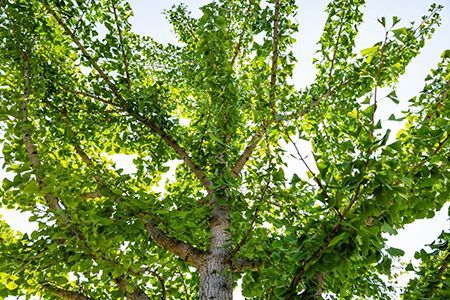Top Signs of Tree Disease and How to Treat Them

Trees are a vital part of our southern Illinois landscape, offering shade, beauty, and environmental benefits. However, tree diseases can jeopardize their health and pose risks to your property. Recognizing the early signs of tree disease and addressing them promptly is key to preserving your trees and landscape. Here are some common indicators of tree disease and how Abundant Tree Care Services can help.
Discolored or Wilting Leaves
If you notice leaves turning yellow, brown, or black out of season, your tree may be battling a fungal or bacterial infection. Wilting leaves that drop prematurely are another red flag. Diseases such as anthracnose or leaf spot are common in our region and thrive in humid conditions. Regular tree inspections and targeted treatments can help halt the spread of these diseases.
Dead or Dying Branches
Dead branches, especially in the crown, may indicate canker diseases or root rot. Not only do these branches weaken the tree, but they also increase the risk of property damage. Professional pruning and disease management can save the tree and eliminate safety hazards.
Fungal Growth or Mushrooms
Mushrooms growing near the base of a tree often point to root rot or internal decay. These diseases can weaken the tree’s structural integrity, making it prone to falling. Our team can assess the extent of the damage and recommend solutions such as root zone aeration or, in severe cases, tree removal.
Cracks or Cankers on the Trunk
Open wounds, splits, or sunken areas (cankers) on the trunk may result from bacterial or fungal infections. Left untreated, these cankers can spread and compromise the tree’s health. Proper wound care and disease-resistant treatments are essential to stop further damage.
Treating Tree Diseases in Southern Illinois
Abundant Tree Care Services specializes in diagnosing and treating tree diseases to protect your landscape. Our certified arborists in De Soto, IL use proven techniques to restore tree health. If you suspect a tree on your property is diseased, give our local tree care company a call at 618-227-2881 to request a tree health inspection in southern Illinois. Together, we can keep your trees healthy!




